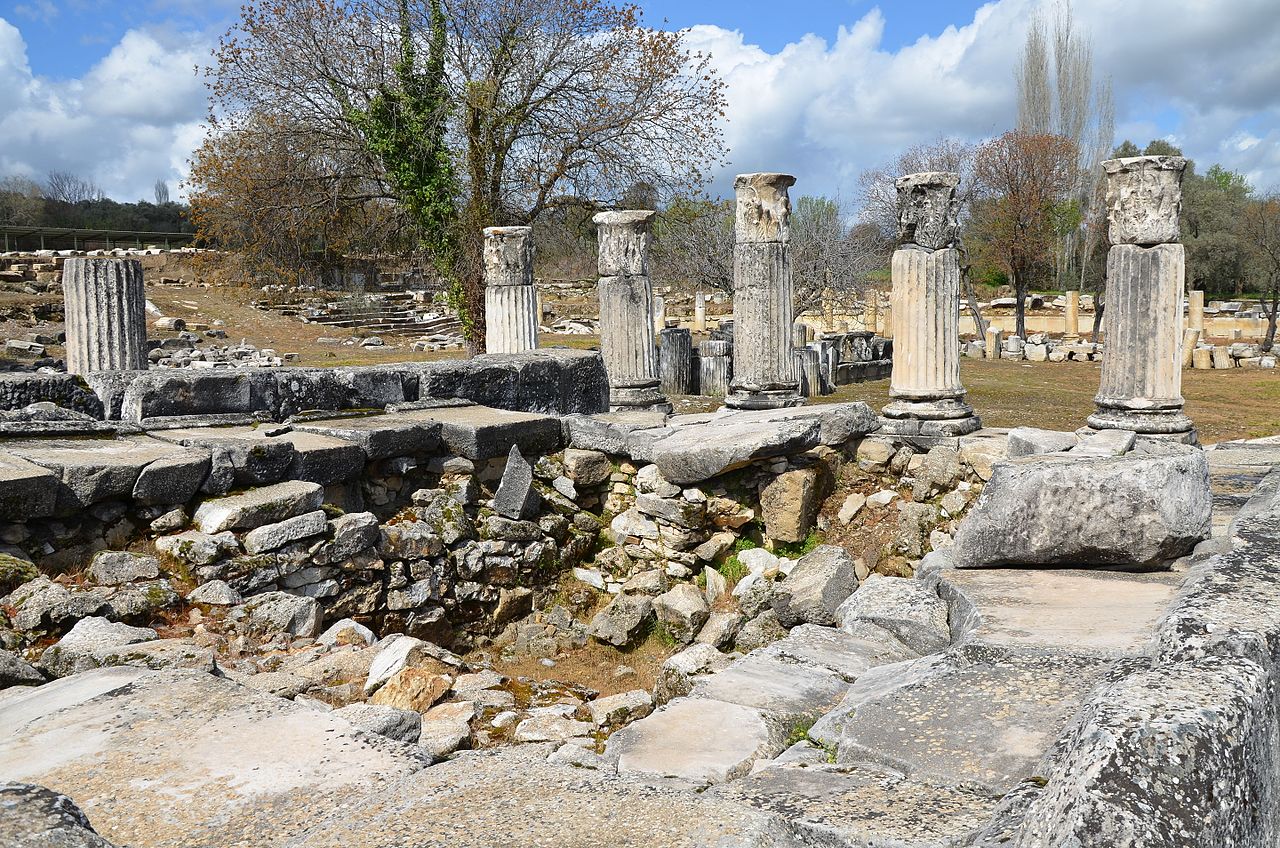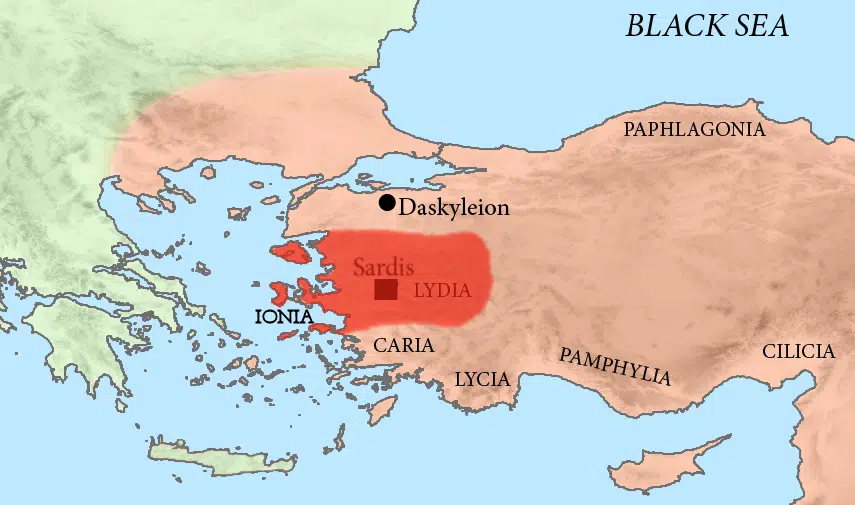
The recent earthquake tragedy to strike Turkey was not the first of its kind. Even in ancient times, the territory now known as Turkey was struck by numerous earthquakes. Some of them were devastating to the ancient nations that lived there, just like what we have seen happening recently. Those which were exceptionally large left their mark, not only on the lives of the people affected, but on the historical record.
Lydia Earthquake of 17 CE

Throughout history, the peninsula known historically as Asia Minor was ruled by a variety of civilizations including the Persians, Greeks, and Romans. In the year 17 CE, an extremely large earthquake struck western Asia Minor. The region affected by the earthquake was called Lydia. The destruction that it caused was so notable that it was mentioned by four ancient historians: Tacitus, Pliny the Elder, Strabo, and Eusebius.
This earthquake, which occurred at night, was so powerful that it destroyed or severely damaged at least twelve cities. They were: Sardis, Magnesia, Temnos, Philadelphia, Aegae, Apollonis, Mostene, Hyrkanis, Hierapolis, Myrina, Cyme, and Tmolus. The city of Sardis never fully recovered from the damage it faced from this earthquake. In recognition of the difficulties being faced by those cities, the emperor at the time, Tiberius Caesar, waived the taxes that they would normally owe him.
Ephesus Earthquake of 23 CE
Just a few years later, in 23 CE, another earthquake hit the same general region. But it seems that this earthquake did not damage the same cities. Rather, this earthquake mainly affected the cities of Ephesus and Kibyra. Scholars do not know much about this earthquake, since ancient historians did not describe it like how they described the earthquake of 17 CE. However, what scholars do know is that Emperor Tiberius waived the tax demands on the affected cities after this earthquake too, just like he had done in 17 CE. In order to display appreciation for this, the city of Kibyra added ‘Caesarea’ onto its name, in honour of Tiberius.
Antioch Earthquake of 115 CE

In the second century CE, Antioch was one of the most important cities in the Roman Empire. Historians believe that it may have been the third largest city in the empire, with a population in the hundreds of thousands. In the year 115 CE, during December, even more people were in the city than normal. The Roman historian Dio Cassius explained that lots of people had travelled from far away to stay in the city, since Emperor Trajan was spending the winter there.
Yet, at that very time, a severe earthquake hit the city. It resulted in an extreme loss of life and extensive damage to property. The devastation caused was undoubtedly increased by the fact that so many people were visiting. The earthquake was so powerful that it actually threw entire trees into the air. The Emperor Trajan managed to escape from his residence and took shelter in an open-air stadium.
There is also evidence that a tsunami was caused by this earthquake. It does not seem to have affected Asia Minor itself. But rather, the tsunami hit the coast of Lebanon. In particular, there is evidence that the significant harbor at Caesarea Maritima experienced major damage.
Ephesus Earthquake of 262 CE
In the year 262 CE, Ephesus was hit by another major earthquake. Various other cities along the coast of southwest Asia Minor were also affected by this event. Unfortunately, there are not many ancient sources which describe this earthquake. Nonetheless, archaeology supports the fact that it really did occur. Archaeologists have found that at least eleven major public buildings at Ephesus were rebuilt or repaired after this disaster.
In addition, this earthquake reportedly caused a tsunami that engulfed various cities on the ancient coast. In line with this, seismologists believe that the epicenter of the earthquake was just off the coast of Asia Minor, in the Aegean Sea, rather than on the mainland.
Constantinople Earthquake of 447 CE

Finally, there was the earthquake that occurred in the major city of Constantinople in 447 CE. Emperor Theodosius II had constructed large defensive walls to protect the city. These walls became known as the Theodosian Walls. However, in the year 447, just a few decades after the completion of the walls (and still during the reign of Theodosius), an earthquake struck the city. Although thousands of people died in the aftermath due to starvation, ancient sources which mention this earthquake do not mention any deaths caused by the earthquake directly. It was evidently the weakest of all the earthquakes considered in this article. However, it did cause major damage to the Theodosian Walls.
Although this might just be seen as an inconvenience, the damage done to the walls was a cause of immense concern to the emperor. The reason was that Atilla the Hun, the leader of a tribal empire, was active in the Balkans at that time and was thus a potential threat to Constantinople. Theodosius was able to get the repairs done in just sixty days.
See all the latest news from Greece and the world at Greekreporter.com. Contact our newsroom to report an update or send your story, photos and videos. Follow GR on Google News and subscribe here to our daily email!



